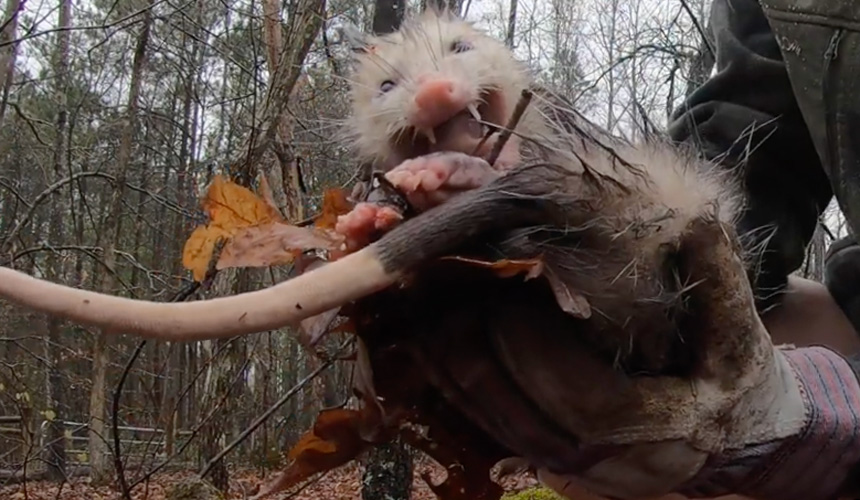
There's just something so warm and cosy about an attic to many native wildlife species, and Opossums are no different – protection, darkness and safety are the Opossum trifecta, especially for a mum trying to protect her babies. It is so much more civilised than outside, where at any moment there is the danger of falling victim to an owl, dog or vehicle, so it is no wonder that these funny looking little marsupials choose the secure comfort of your roof to take their chances in a tree out in the open.
Considering the good these native creatures do, don't be too hasty in bidding them farewell altogether, unless of course they are doing irreparable damage to something that you just can't tolerate. They do wonderful work in reducing rodent populations and clearing up nature's waste, so are definitely valuable members of the food chain. Understandably though, you certainly don't want them on your roof, as sooner or later the smell of possum urine dripping down your walls will be enough to have you serving them an eviction notice pronto! A friend of mine who wasn't big on domestic hygiene used to encourage them and had a commune living in his roof – the smell was UNBELIEVABLE!
Before resorting to trapping, it is best to try excluding them first. If you are unsure where the Opossum is entering and exiting use the old trick of scrunching up newspaper and loosely packing it into suspect holes, then scattering flour around outside. If it is an entry/exit point, the paper will be pushed away and there will be little Opossum prints in the flour! You then wait until ALL the inhabitants are out of the roof and seal it off. It is possibly better to wait until breeding season is over (around October to December) to ensure there is no chance of leaving babies inside the roof – you don't want to be crawling around your roof removing stinky decomposing Opossum babies.
However, if you decide that trapping the Opossum is what you really want to do, then I feel it is important to make a few important points.
Although they can be pesky, Opossums are USEFUL animals to the environment, and must not be harmed. Remember, their attributes include helping to reduce the amount of vermin and unwanted waste, and they also have the advantage over some other native wildlife in that they carry very few diseases (ie the dreaded rabies) as their body temperature is too low for it to survive.
Opossums, when trapped, can damage themselves trying to escape, resulting in open wounds which can easily become infected and be fatal to the animal, so care must be taken when trapping, and the animal must only remain in the trap for as little time as possible to reduce stress and risk of injury.
Really, trapping Opossums is best left to wildlife removal specialists, but if you insist on attempting it yourself ensure that it is done properly and expediently. Use a quality trap (Havahart) that is large enough (around 32") and bait it with something smelly and yummy, (Opossums enjoy a wide range of food). Make sure the trap is on level ground in an appropriate site. Check it frequently in case you have caught non-target animals and to ensure you can release the Opossum as soon as possible after capture.
Go back to the wildliferemovalaustralia.com home page.
Copyright 2021 - wildliferemovalaustralia.com
Wildlife Removal Australia